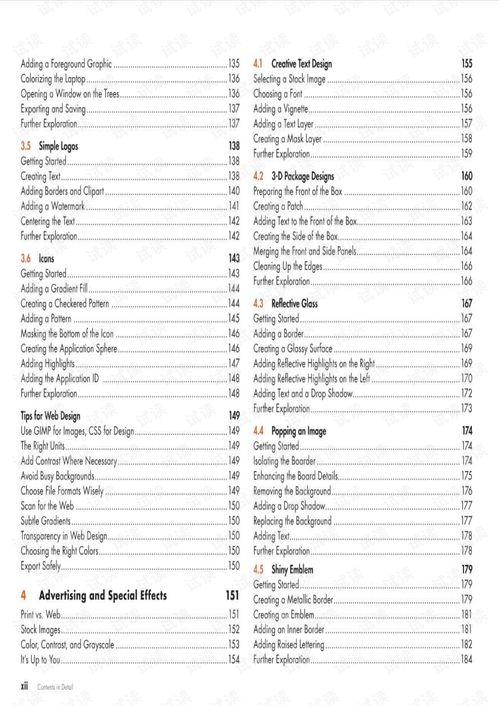Content:
Introduction: Fishing, an ancient pastime that has stood the test of time, requires not only patience but also a keen understanding of the art of tackle adjustment. One of the most crucial aspects of fishing is mastering the technique of how to tune your float, or "tune the bobber" as it's often referred to. This article delves into the world of fishing, offering a comprehensive guide to tackle adjustment techniques that will help you become a more skilled angler.
Understanding the Float: Before we dive into the nitty-gritty of how to adjust your float, it's important to understand what it does. The float, or bobber, is a device attached to the line that allows you to detect when a fish has taken the bait. It works by bobbing up and down in the water, indicating the presence of a fish.

Selecting the Right Float: The first step in learning how to adjust your float is to choose the right one for your fishing conditions. Different floats are designed for different types of fishing environments, such as still water or moving water, and for different species of fish. Here are some factors to consider when selecting a float:
- Size: Larger floats are better for still water, while smaller floats are more suitable for moving water.
- Buoyancy: The buoyancy of the float should match the weight of the bait and the desired depth of the hook.
- Color: Bright colors are more visible in murky water, while natural colors are better in clear water.
Adjusting the Float: Now that you have the right float, it's time to learn how to adjust it. Here are the steps to follow:
Attach the Float: Thread the line through the hole in the float and tie a secure knot, such as an improved clinch knot or a Palomar knot.
Add Weight: Attach a split shot or a swivel to the line below the float. The weight should be enough to keep the float afloat but not so much that it sinks the bait too deep.
Determine the Depth: Decide on the depth at which you want to fish your bait. This will depend on the species of fish you're targeting and the water conditions.
Adjust the Weight: To achieve the desired depth, add or remove weight until the float is in the correct position. The float should be just above the water surface when the weight is at rest.
Test the Float: Once you have the float adjusted, take a few practice casts to ensure it's working correctly. The float should remain in place without moving excessively in the wind or current.
Fine-Tuning the Float: Adjusting the float is an ongoing process, and you may need to make adjustments while fishing. Here are some tips for fine-tuning your float:
Wind Adjustment: If the wind is blowing, you may need to add more weight to keep the float from being blown around.
Current Adjustment: In moving water, you may need to add more weight to keep the float from being swept away by the current.
Bait Adjustment: If you're using a live bait, the weight may need to be adjusted to keep the bait at the desired depth.
Fish Activity: If you're not getting bites, try adjusting the float to a different depth or changing the type of bait.
Conclusion: Tuning the float is a skill that takes practice and patience, but it's an essential part of becoming a successful angler. By understanding the basics of float selection and adjustment, you'll be well on your way to mastering the art of fishing. Remember, the key to successful tackle adjustment is to experiment and learn from each fishing trip. Happy fishing!












